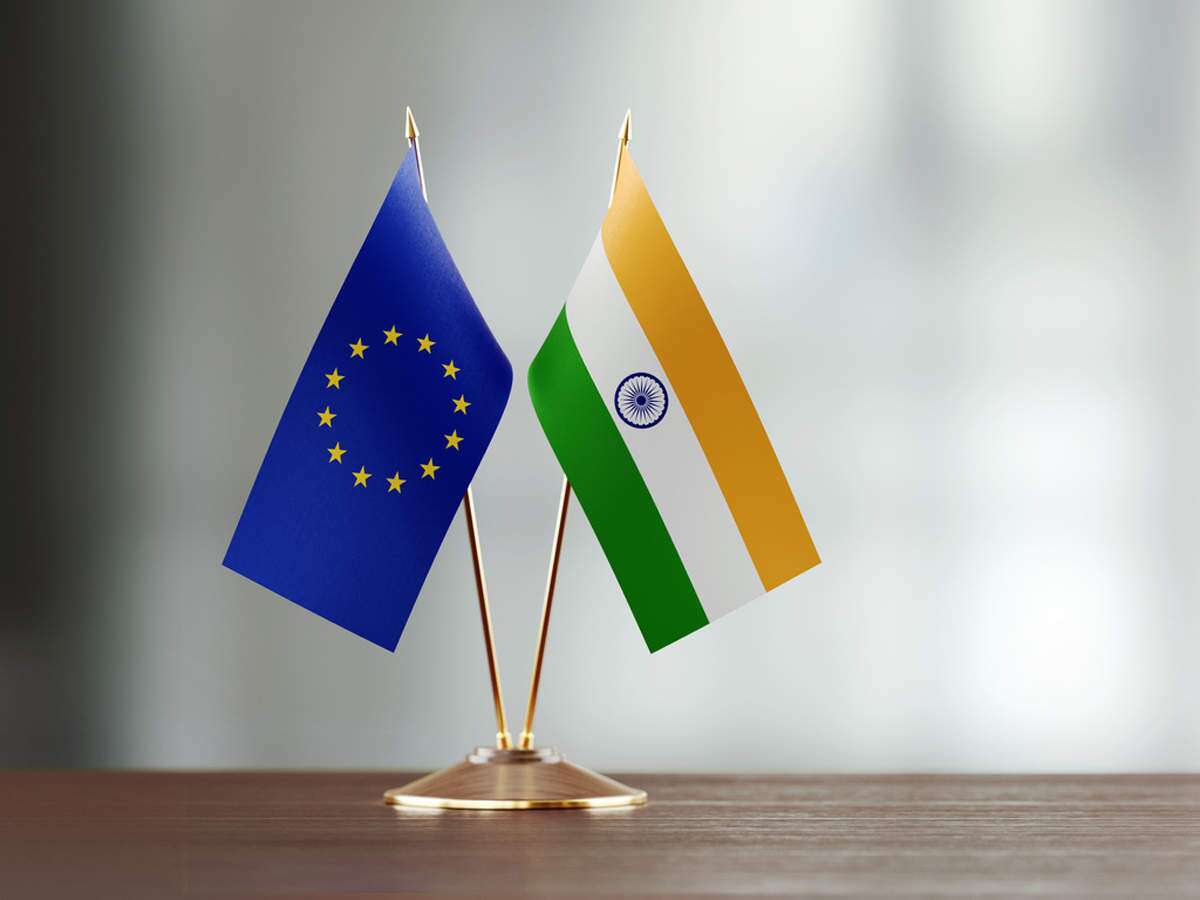The much-anticipated India-EU Free Trade Agreement (FTA) is inching closer to fruition, with the next round of negotiations slated for the first quarter of 2025. Building upon the limited progress achieved in areas like rules of origin and government procurement, both sides are eager to bridge the remaining gaps.
Textiles: A Key Battleground
The textile sector, a cornerstone of India’s economy, is set to play a pivotal role in these negotiations. While discussions on rules of origin for textile products were positive, differences persist regarding technical regulations and conformity assessments. The EU seeks clarity on India’s stance on foreign direct investment proposals, a point of contention for New Delhi.
Government Procurement: A Stumbling Block
Government procurement, a crucial aspect of any FTA, remains a sticking point. The recent round of talks failed to resolve issues related to state-owned enterprises, the ‘Make in India’ initiative, and its application to EU bidders and goods. Only limited progress was made in areas like sanitary and phytosanitary measures, dispute settlement, and good regulatory practices.
Beyond Textiles: Other Areas of Focus
While textiles are a significant focus, the FTA also encompasses other sectors. Discussions on market access for goods, sectoral annexes on cars and pharmaceuticals, and disciplines relating to financial services and professional qualifications have shown positive signs.
The Road Ahead
As the negotiations continue, both India and the EU are keen to finalise an FTA that benefits businesses and consumers on both sides. The successful conclusion of this agreement could significantly boost trade and economic ties between the two major economic powers.

